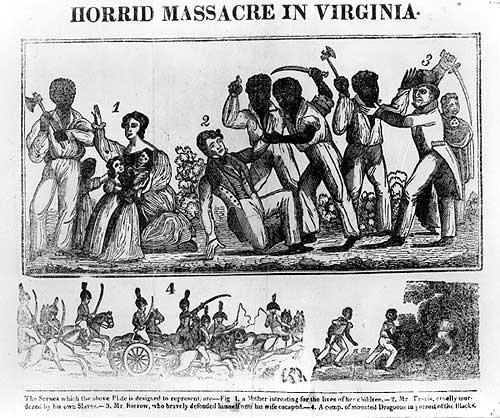Nat Turners’ rebellion
| Subject: | 🗽 American History |
| Type: | Informative Essay |
| Pages: | 5 |
| Word count: | 1332 |
| Topics: | American Revolution, 👳🏿 Slavery |

Need a custom
essay ASAP?
essay ASAP?
We’ll write your essay from scratch and per instructions: even better than this sample, 100% unique, and yours only.
Get essay on this topic
Sources
- North Carolina and The Nat Turner Slave Rebellion: Whites and their Beloved Enemies · Civil War Era NC. (2017). Cwnc.omeka.chass.ncsu.edu. Retrieved 5 December 2017, from https://cwnc.omeka.chass.ncsu.edu/exhibits/show/slave-rebellion-enemies/introduction/introduction
- The Nat Turner rebellion. (2017). Historymatters.gmu.edu. Retrieved 5 December 2017, from http://historymatters.gmu.edu/d/6811
Related Samples
Subject:
🗽 American History
Pages/words: 2 pages/549 words
Subject:
🗽 American History
Pages/words: 3 pages/854 words
Subject:
🗽 American History
Pages/words: 4 pages/1123 words
Subject:
📚 Literature
Pages/words: 4 pages/815 words
Subject:
🗽 American History
Pages/words: 2 pages/604 words
Subject:
🗽 American History
Pages/words: 4 pages/937 words
Subject:
🗽 American History
Pages/words: 3 pages/808 words
Subject:
🗽 American History
Pages/words: 3 pages/825 words
Subject:
👸🏽 Famous Person
Pages/words: 3 pages/810 words
Subject:
🗽 American History
Pages/words: 4 pages/1022 words
Subject:
🗽 American History
Pages/words: 4 pages/1101 words

Boost your grades with a new guide on A+ writing
Time to excel in writing!
The download will start within seconds.
Download Sample
This essay is publicly available.
Offered for reference purposes only.
Offered for reference purposes only.
By clicking Get this sample, you agree to our Terms & conditions & Privacy policy
Thank you!
The download will start shortly.



